Tar and Chip Repair Solutions
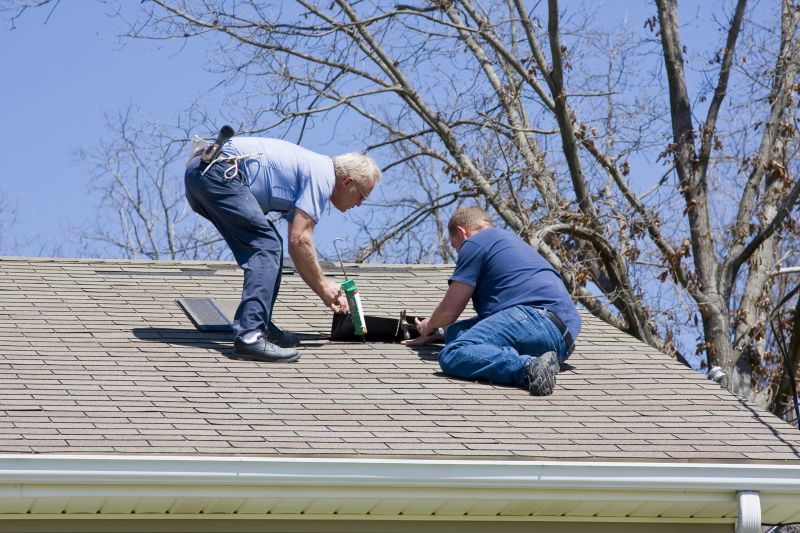
Performing repairs in early spring can prevent further damage caused by winter freeze-thaw cycles.

Late summer offers stable weather conditions ideal for effective tar and chip repair work.

Dry periods are optimal for repairs as they allow proper adhesion and curing of the materials.
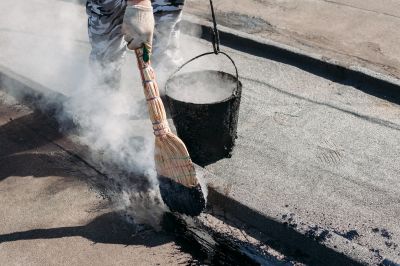
Winter is generally unsuitable due to cold temperatures and moisture, which hinder proper repair application.
Tar and chip repairs are a cost-effective method for maintaining and restoring asphalt surfaces. This technique involves applying a layer of hot liquid asphalt followed by a layer of aggregate chips, which are then rolled into the surface. It is widely used for driveway and road repairs due to its durability and affordability. Proper timing ensures the longevity of the repairs, as environmental conditions significantly influence the adhesion and curing process.
Statistics indicate that performing tar and chip repairs during favorable weather conditions can extend the lifespan of the surface by several years. Regular maintenance, especially in suitable seasons, reduces the need for more extensive and costly repairs later. The process is quick, minimally disruptive, and provides a textured surface that improves traction.

The process involves cleaning the surface, applying hot asphalt, and spreading aggregate chips.
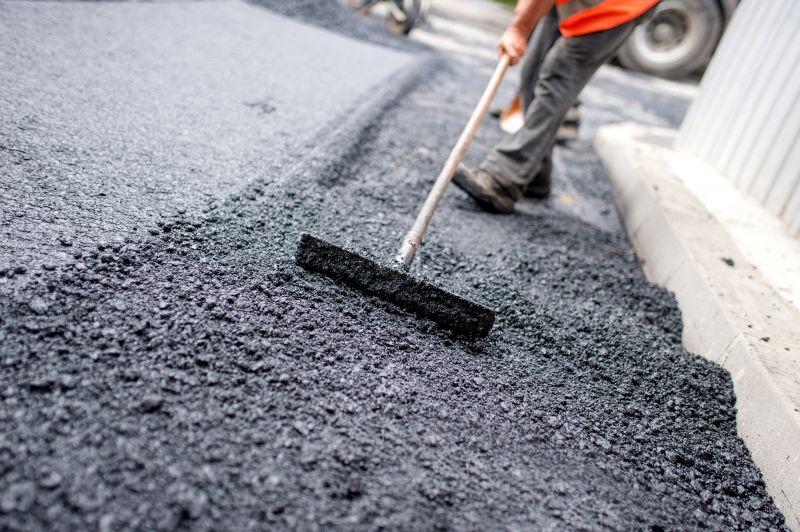
High-quality asphalt and aggregate materials are essential for durable repairs.
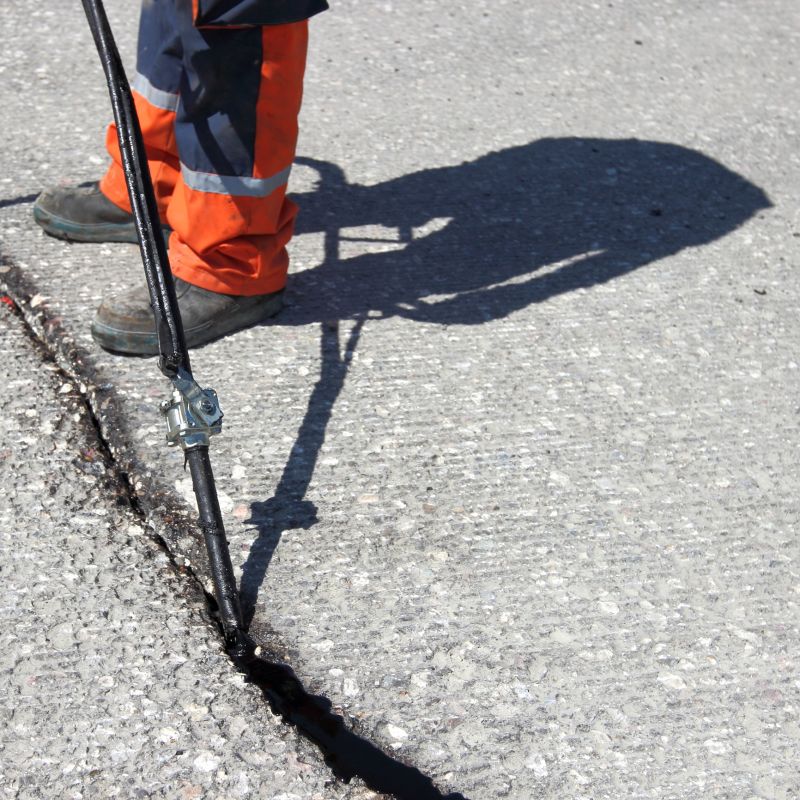
Specialized equipment ensures even application and proper compaction.
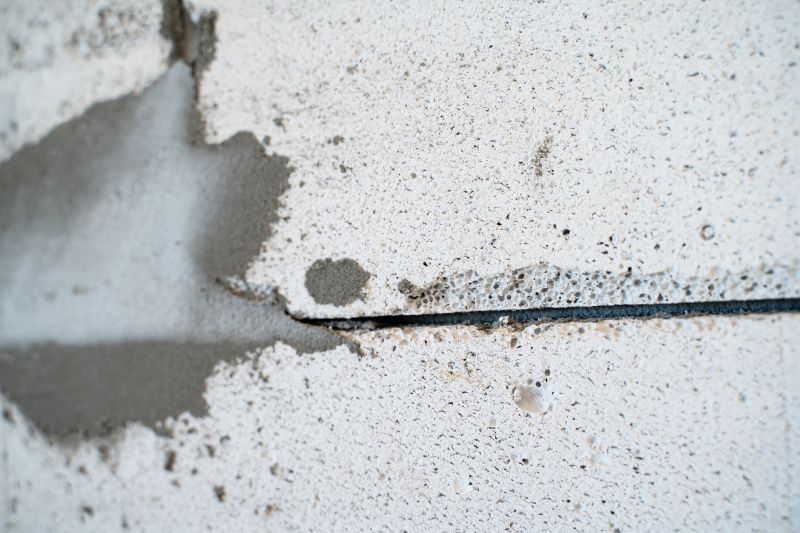
Visual improvements can be significant, restoring surface integrity.

Driveways, rural roads, and parking lots often require tar and chip maintenance.
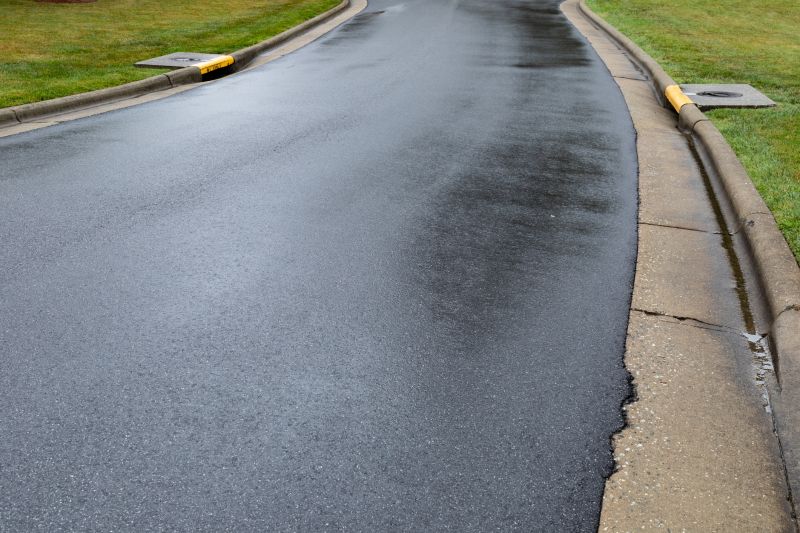
Optimal conditions include dry, warm days with low humidity.
Ways to make Tar And Chip Repairs work in tight or awkward layouts.
Popular materials for Tar And Chip Repairs and why they hold up over time.
Simple add-ons that improve Tar And Chip Repairs without blowing the budget.



